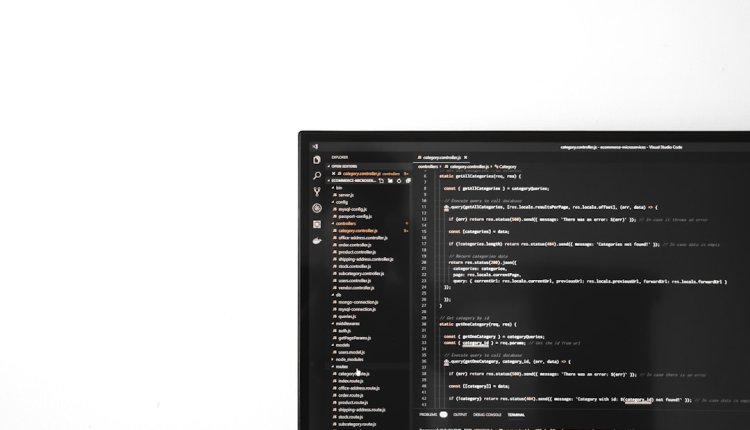Using XP ICS in Legacy Systems: Pros, Cons, and Risks
Despite Microsoft officially ending support for Windows XP in 2014, many industrial control systems (ICS) and legacy operational technologies (OT) continue to rely on it. In particular, Windows XP ICS (Industrial Control Systems) still exist in various sectors, from power generation to manufacturing. These setups often operate critical infrastructure, posing unique challenges and risks as technology continues to advance around them.
Understanding the pros, cons, and risks associated with using XP ICS in legacy systems is essential for decision-makers in industries trying to balance performance, security, and budget constraints.
Why XP ICS Is Still in Use
Windows XP was a wildly popular operating system. When XP was paired with industrial control components, it offered robust and predictable performance, crucial for automation systems. Even after its end-of-life, some systems were designed specifically around XP, making upgrades complex and costly.
Here are some reasons why organizations continue to use XP ICS:
- Compatibility: Proprietary industrial software sometimes only runs on XP or earlier Windows versions.
- Stability: Legacy systems are well-understood, stable, and free from frequent updates or changes.
- Cost avoidance: Upgrading software or hardware can cost millions and may involve significant downtime.

Benefits of Using XP ICS in Legacy Infrastructure
Keeping XP ICS in service isn’t always an oversight or mismanagement. In certain circumstances, it can make strategic sense. Here are a few of the benefits of continuing to use XP ICS:
- Well-documented behavior: When a system has been running for years, its quirks and bugs are well-known and manageable.
- Reduced training costs: Staff have been trained on XP systems and understand how to use them without modern interfaces.
- No forced updates: Unlike modern OSs, XP doesn’t push automatic updates, allowing for minimal disruption in critical environments.
Major Drawbacks and Challenges
Despite the comfort of familiarity, maintaining XP ICS comes with serious drawbacks. These include limitations in hardware compatibility, the inability to connect with newer digital tools, and possibly the most important factor: security vulnerabilities.
- No more security updates: XP hasn’t received official patches since 2014, leaving systems wide open to new exploits.
- Limited support: Hardware and software vendors no longer provide drivers or assistance for XP-related issues.
- Difficulty in integration: XP ICS systems struggle to work with modern platforms, cloud systems, or newer PLCs (Programmable Logic Controllers).

Security Risks You Can’t Ignore
Cybersecurity is the greatest concern when using XP in ICS environments. These systems are not built with current threat landscapes in mind. Attack surfaces are much larger when outdated operating systems are left exposed, especially if they are connected, even indirectly, to the internet or corporate networks.
Some of the most critical risks include:
- Ransomware attacks: Malicious software can encrypt system files, halting operations and demanding a ransom.
- Remote code execution: Vulnerabilities in XP can allow attackers to gain full control of a system without user interaction.
- Supply chain attacks: Malware may be introduced through software updates or compromised USB devices.
For instance, the infamous WannaCry ransomware exploited a vulnerability in older Windows systems, wreaking havoc across global organizations. While a patch existed, XP users were vulnerable because they no longer received such updates.
Mitigation Strategies
If upgrading from XP isn’t immediately feasible, adopting risk mitigation strategies is essential. Some methods include:
- Network isolation: Disconnect XP ICS systems from the internet and limit network exposure.
- Firewalls and segmentation: Use dedicated ICS firewalls and separate control system networks from other IT operations.
- Physical access control: Restrict access to ICS terminals and ensure logging of all physical interactions.
- Routine backups: Regularly back up configurations and data, stored offline or on secure servers.
Additionally, consider deploying intrusion detection systems and regularly auditing the legacy environment for any unauthorized activities.
When to Upgrade
While maintenance and mitigation can buy time, it’s crucial to create a roadmap for migration. Ideally, transitions can be made during scheduled maintenance periods or parallel systems can be deployed before fully decommissioning XP-based platforms.
Redesigning or upgrading control systems may involve short-term investment, but will drastically reduce cyber risk, improve reliability, and ensure future compatibility.
Conclusion
Using XP ICS in legacy systems represents a mixture of practicality, nostalgia, and necessity. While there are clear advantages to continuing their operation, organizations must remain vigilant and proactive in managing the high level of risk these systems carry.
Ultimately, the peace of mind and long-term benefits of upgrading outweigh the short-term comforts of sticking with legacy setups. Carefully assessing systems, fortifying defenses, and planning for modernization are the keys to transitioning from risk-heavy reliance on XP ICS to a safer, more resilient operational future.

Comments are closed.